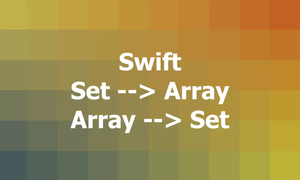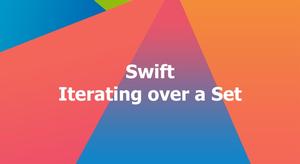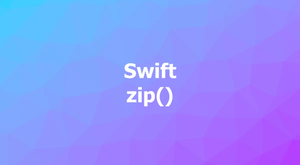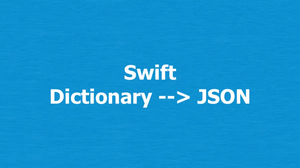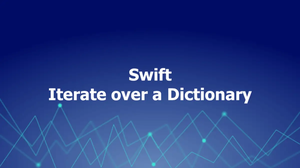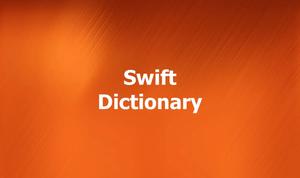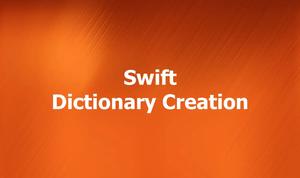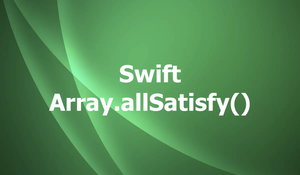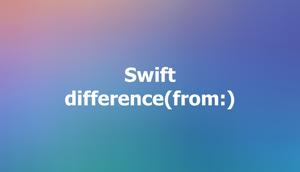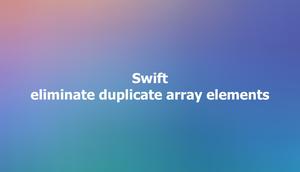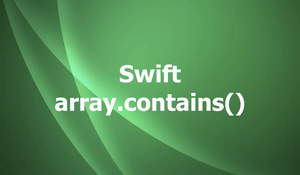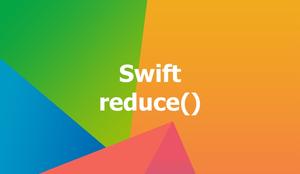This concise, example-based article shows you how to define functions in Swift.
Defining a Basic Function
A basic function definition consists of the func keyword, a function name, a set of parentheses, and a set of curly braces that contain the function’s code.
Example:
func sayHello() {
print("Hello friend! Welcome to slingacademy.com")
}
// call the function
sayHello()Output:
Hello friend! Welcome to slingacademy.comOur sayHello function doesn’t take any arguments or return any values. It simply prints a message to the console.
Defining a Function with Parameters
You can also define a function that takes one or more parameters. To do so, you simply list the parameter names inside the parentheses, separated by commas.
Example:
func greet(name: String) {
print("Hello, \(name)!")
}
// call the function
greet(name: "Wolf")Output:
Hello, Wolf!The greet function takes one parameter called name of the type String. It uses string interpolation to print a personalized greeting to the console (do you know someone whose name is Wolf?).
Defining a Function that Returns a Value
In addition to taking parameters, a function can also return a value. To do so, you specify the return type of the function using an arrow -> followed by the type.
Example:
func square(number: Int) -> Int {
return number * number
}
// call the function
let result = square(number: 5)
print(result)Output:
25Our square function can take one parameter named number of type Int. It returns the square of the input number as an Int.
Define a Function that Returns Multiple Values
In Swift, you can return multiple values from a function by using tuples. A tuple is a way to group multiple values into a single compound value.
Example:
func findMinMax(numbers: [Int]) -> (min: Int, max: Int) {
var min = numbers[0]
var max = numbers[0]
for number in numbers {
if number < min {
min = number
}
if number > max {
max = number
}
}
return (min, max)
}
// use the function
let numbers = [1, 2, 3, 4, 5, 6, 7, 8, 9, 10]
let minMax = findMinMax(numbers: numbers)
print("min: \(minMax.min), max: \(minMax.max)")Output:
min: 1, max: 10Function Parameter Labels and Argument Labels
Swift functions allow for two different names for each function argument: the parameter label and the argument label. The parameter label is used inside the function, while the argument label is used when calling the function.
Example:
func greet(person name: String) {
print("Hello, \(name)!")
}
greet(person: "Sling Academy")Output:
Hello, Sling Academy!When calling the function greet, we use the argument label person to specify which argument we’re passing in.
Define a Function with Optional and Default Parameters
In Swift, you can define a function with optional and default parameters. Optional parameters allow you to omit certain arguments when calling the function, while default parameters provide a default value for a parameter if no value is provided.
Example
This examples define a function named greet that can take up to 3 parameters: name of type String (required), greeting of type String with a default value of Hello, and times of type Int? (optional).
func greet(name: String, greeting: String = "Hello", times: Int? = nil) {
if let times = times {
for _ in 1...times {
print("\(greeting), \(name)!")
}
} else {
print("\(greeting), \(name)!")
}
}
// call the function
greet(name: "Alice")
greet(name: "Bob", greeting: "Hi")
greet(name: "Charlie", times: 3) Output:
Hello, Alice!
Hi, Bob!
Hello, Charlie!
Hello, Charlie!
Hello, Charlie!